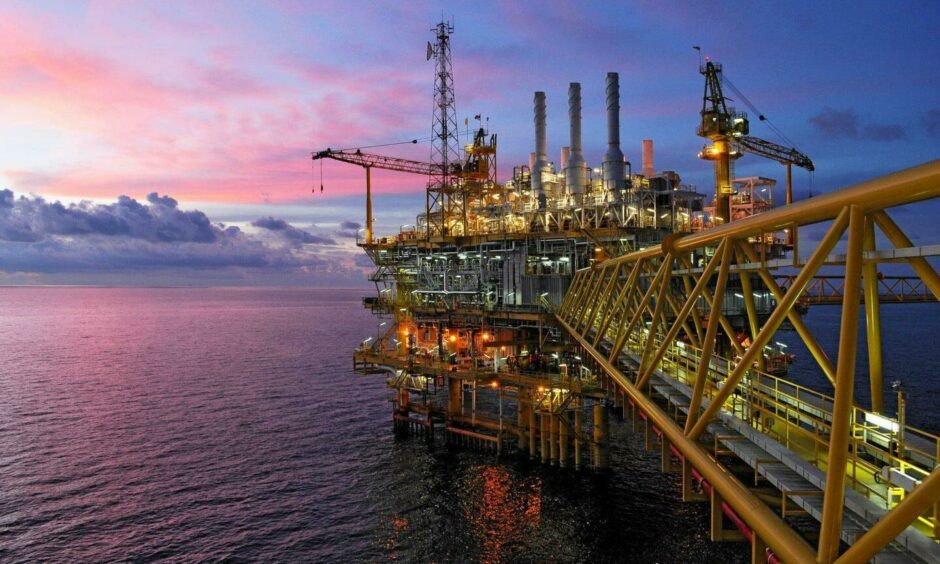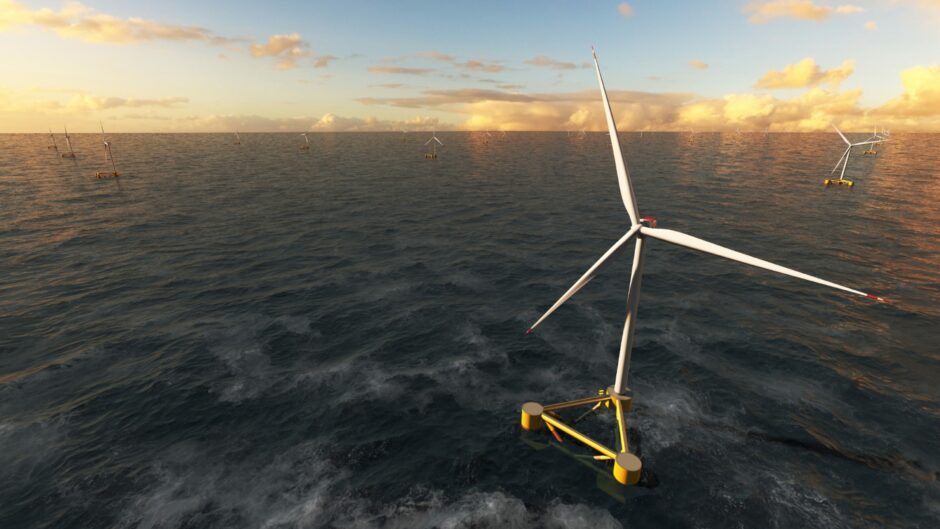The UK’s regulator for the oil and gas industry has become the latest organisation to change its name as pressure to decarbonise energy production heats up.
The Oil and Gas Authority (OGA) has changed its name to the North Sea Transition Authority (NSTA), reflecting its “evolving role in the energy transition”, the organisation said.
It is the latest in a number of organisations which have erased “oil and gas” from their brands.
The big energy rebrand
The biggest was the sector’s own trade body, Oil and Gas UK (OGUK) which is now known as Offshore Energies UK (OEUK), having widened its remit and membership to include renewable and carbon cutting industries.
In Aberdeen, the Net Zero Technology Centre, formerly the Oil and Gas Technology Centre, and Robert Gordon University’s Energy Transition Institute, previously known as the Oil and Gas Institute, have also chosen new names, in line with several privately-owned companies.
The OGA, which was established in 2015 with the aim to “maximise economic recovery” of North Sea oil and gas, said it had revised its strategy to include net zero as well as its role following the signing of the North Sea Transition Deal last year.
Andy Samuel, chief executive of the NSTA, said the new nomenclature confirms its expanded role, including emissions monitoring and carbon storage licensing.
And while it has “North Sea” in the name, the body will still oversee energy production in the Irish Sea as well as onshore oil and gas recovery including fracking.
Still maximising economic recovery (MER)
Meeting “as much domestic oil and gas demand with our own resources as possible” remains a key pillar of the OGA strategy, which it’s doing while the sector aims to rapidly scale up renewables.
Mr Samuel said: “These objectives are not mutually exclusive.
“They can and must co-exist if we are to achieve an orderly energy transition that delivers broader economic benefits, including jobs and future exchequer revenues, and avoid lurching from crisis to crisis.”
Invest record profits in energy transition
Mr Samuel also acknowledged that businesses have made “record profits” from high oil and gas prices and said the NSTA wants them to “honour the deal” by putting a large chunk into energy transition.
The regulator is supporting investors to “press ahead” with CCS, platform electrification and hydrogen, he added.
Mr Samuel said the approach will help the industry balance the “energy trilemma” of security, affordability and sustainability, with the former in particular focus given the invasion of Ukraine by Russia.
“Finding the right pathway to net zero, and showing sound leadership, means always keeping all three in mind.
“The deal strikes the right balance.
“NSTA will continue to work with government, industry and other regulators to ensure it is upheld and play our full part in the transition.”
Who else has taken the ‘oil’ out?
Several companies that make a living from oil and gas production, both in the public and private sector, have changed their brand names in recent years.
The change is often made to reflect the organisation’s own shift to working more to produce cleaner energy – or just to distance themselves from the taint of toxic hydrocarbons.
The Aberdeen-based Oil and Gas Technology Centre, which was backed with £180m of UK and Scottish government funding from the Aberdeen City Region deal, became simply OGTC in a “soft rebrand” then became the Net Zero Technology Centre last year.
Robert Gordon University’s Oil and Gas Institute, became the Energy Transition Institute.
Even the North Sea’s own trade body Oil and Gas UK shifted to OGUK then opted for Offshore Energies UK.
But it is the large oil and gas producers that have led the way.
Norway’s Statoil got into the game early and changed its name to Equinor in 2018. It said the change combed “equi” for words like “equal” and “nor” for its Norwegian origin.
But even earlier still, GDF Suez changed its name to Engie in 2015. The French-owned company put its money where its mouth was and sold its North Sea assets including the important Cygnus gas field to Neptune Energy.
French oil and gas firm Total, which operates the Culzean gas field in the central North Sea as well as the older Laggan Tormore gas field in the west of Shetland, changed its named to TotalEnergies last year. It is looking to sell many of its UK continental shelf assets.
Even some Middle East producers got on board – Qatar’s state-owned oil and gas company Qatar Petroleum changed its name to QatarEnergy to reflect its “new strategy focused on the energy transition”.
Companies in the oil and gas supply chain have also gone for greener names.
Most recently, ECOG – once known as East Coast Oil and Gas – changed its name to Verlume to reflect its true nature as a clean energy provider.
Houston-headquartered oilfield equipment maker National Oilwell Varco announced a “soft rebrand” by reducing the word “oil” to an “o” in its preferred initialisation NOV in 2020.
Swire Oilfield Services has swapped out the offending words to become Swire Energy Services.
However its parent company is fighting a reputational battle on another front – UK and Hong Kong-based Swire Group also owns Aberdeen-registered James Finlay, one of the world’s oldest tea growers, which is facing legal action in Scottish courts from workers at its Kenyan tea plantations who have accused it of offering working conditions no better than “modern day slavery”.
Greenwash
Caroline Rance, Friends of the Earth Scotland climate and energy campaigner has said of rebranding: “Changing its name, slapping a net-zero sticker on a new oil field or powering oil rigs with wind turbines doesn’t fool anyone, and it certainly doesn’t tackle the climate crisis or drive the just transition to renewable energy needed by workers, communities and households.
“When households up and down the country are facing soaring energy bills, the government needs to get off oil and gas altogether, not just change the signs on its offices.”
Dick Winchester, former subsea engineer and an adviser to the Scottish government on the energy transition, added: “Net zero won’t be achieved by changing names.
“We need to see more vision and forward thinking.
“Where’s the plan for offshore hydrogen production for example?
“If you want to be a ‘transition’ authority then you need to be working on real transition issues.”



